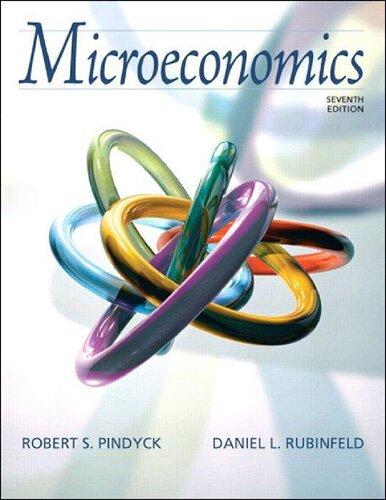1.12. The Georges Bank, a highly productive fishing area off New England, can be divided into two...
Question:
1.12. The Georges Bank, a highly productive fishing area off New England, can be divided into two zones in terms of fish population. Zone 1 has the higher population per square mile but is subject to severe diminishing returns to fishing effort. The daily fish catch (in tons) in Zone 1 is F1 = 200(X1) − 2(X1)2 where X1 is the number of boats fishing there. Zone 2 has fewer fish per mile but is larger, and diminishing returns are less of a problem. Its daily fish catch is F2 = 100(X2) − (X2)2 where X2 is the number of boats fishing in Zone 2. The marginal fish catch MFC in each zone can be represented as MFC1 = 200 − 4(X1)
MFC2 = 100 − 2(X2)
There are 100 boats now licensed by the U.S. government to fish in these two zones. The fish are sold at $100 per ton. Total cost (capital and operating) per boat is constant at $1000 per day. Answer the following questions about this situation:
a. If the boats are allowed to fish where they want, with no government restriction, how many will fish in each zone? What will be the gross value of the catch?
b. If the U.S. government can restrict the number and distribution of the boats, how many should be allocated to each zone? What will be the gross value of the catch? Assume the total number of boats remains at 100.
c. If additional fishermen want to buy boats and join the fishing fleet, should a government wishing to maximize the net value of the catch grant them licenses? Why or why not?
Step by Step Answer:







